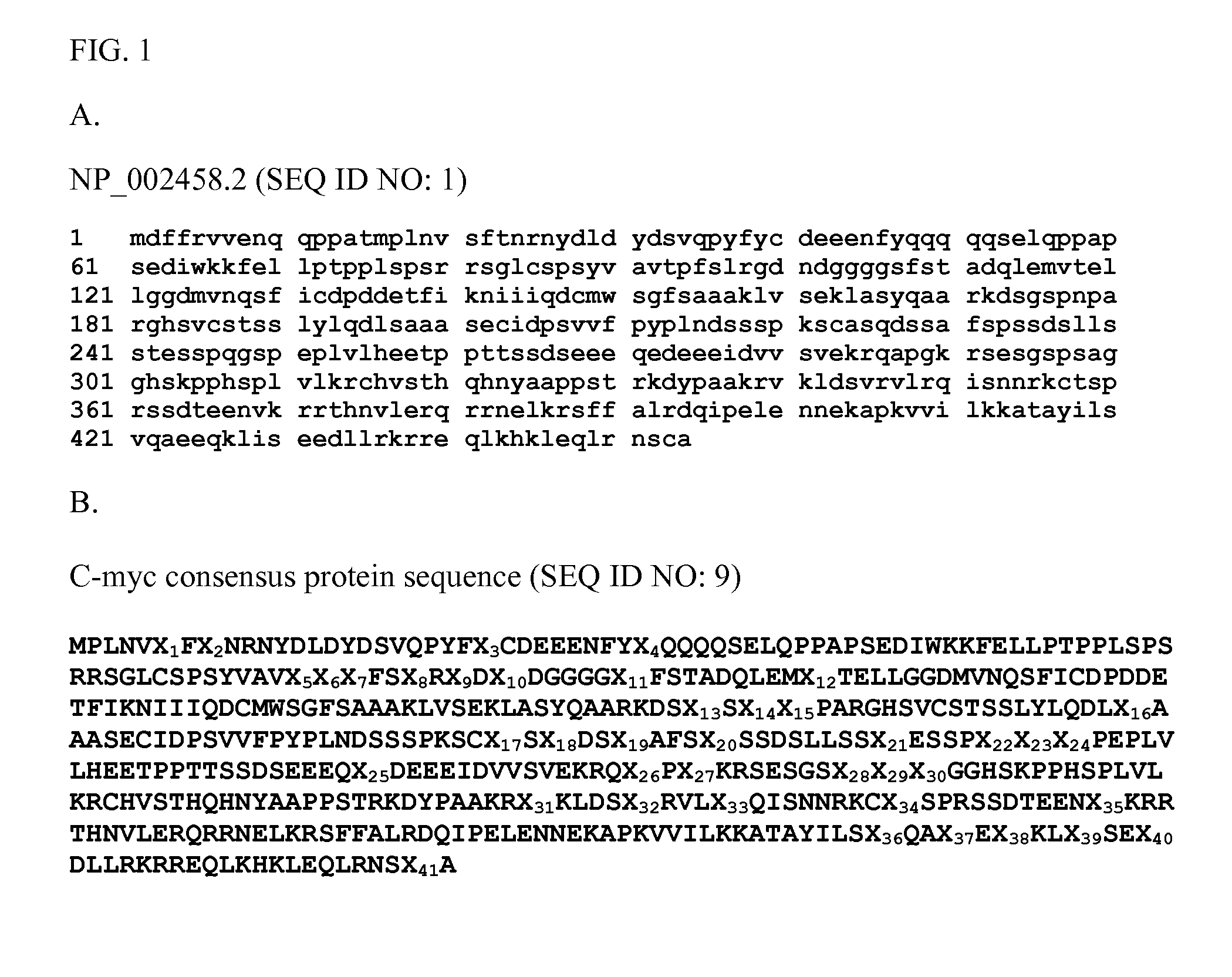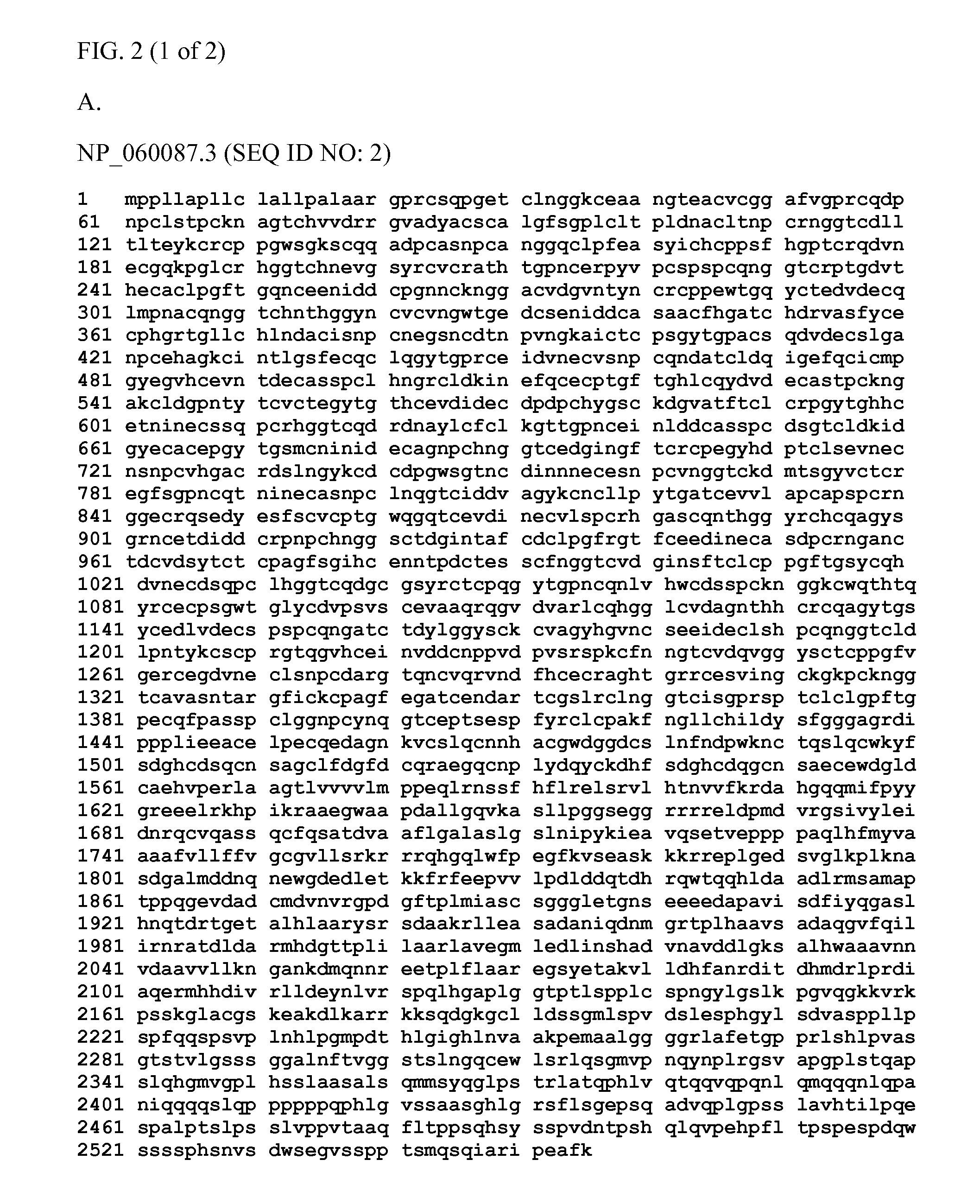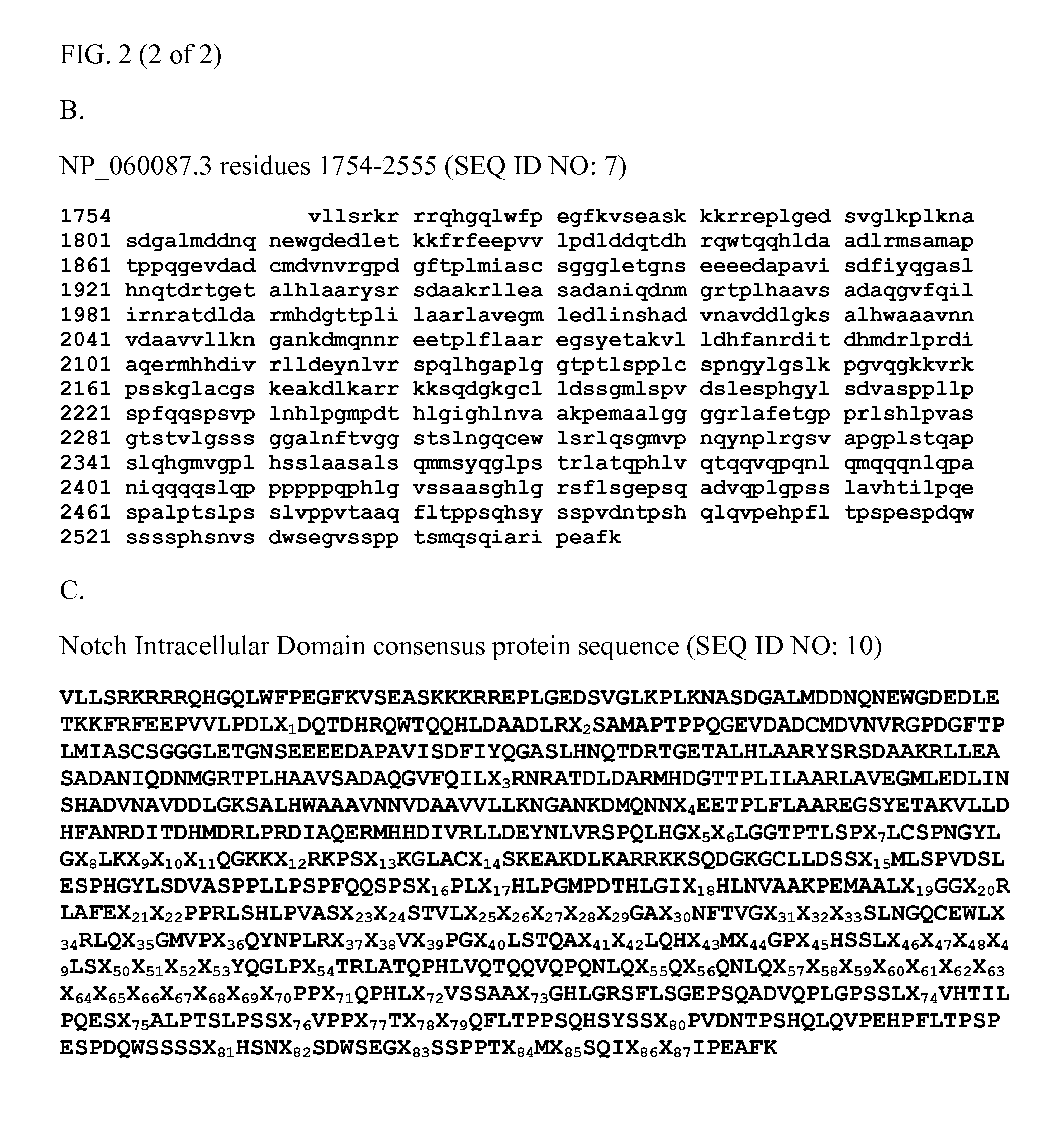Methods and compositions for regenerating hair cells and/or supporting cells
a technology of supporting cells and hair cells, which is applied in the direction of drug compositions, dsdna viruses, peptide/protein ingredients, etc., can solve the problems of reducing the existing population of supporting cells, unable to replace lost or damaged cells, and impairing inner ear function, so as to promote cell cycle reentry and proliferation, increase c-myc activity, or both c-myc, the effect of restoring or improving hearing and/or vestib
- Summary
- Abstract
- Description
- Claims
- Application Information
AI Technical Summary
Benefits of technology
Problems solved by technology
Method used
Image
Examples
example 1
In Vivo Induction of Cell Cycle Reentry in Adult Cochlear Cells Via C-Myc and Notch
[0203]This example demonstrates that providing c-myc and Notch to cells of the inner ear of an adult animal can induce cell cycle reentry and cell proliferation among differentiated cochlear hair and supporting cells.
[0204]Adult mice aged between 1 and 15 months were used to investigate the potential for c-myc and Notch to induce cell cycle reentry, proliferation, differentiation, and survival among cochlear hair and supporting cells. In separate experiments, the mice used were either wild type (WT) background mice or mice harboring a LoxP-flanked NICD cassette (NICDflox / flox) susceptible to Cre-mediated recombination resulting in activation of NICD expression. The NICD cassette encoded (from 5′ to 3′) an intracellular fragment of mouse Notch1 (amino acids 1749-2293, lacking the C-terminal PEST domain, see Murthaugh et al. (2003) PROC. NATL. ACAD. SCI. U.S.A. 100(25):14920-14925.) Mice were anaestheti...
example 2
In Vivo Induction of Cell Cycle Reentry in Cochlear Cells of Aced Mice via C-Myc and Notch
[0209]The following example demonstrates that providing c-myc and Notch to cells of the inner ear can also induce cell cycle reentry and cell proliferation among differentiated cochlear hair and supporting cells in aged animal subjects.
[0210]Ad-Myc and Ad-Cre-GFP were injected once into 17-month old NICDflox / flox mouse cochlear scala media via cochleostomy and the animals were harvested 15 days later. 0.3 μl of a mixture of an equal amount of Ad-Cre-GFP and Ad-Myc with a titer of 2×1012 was injected. BrdU (50 μg / g body weight) was also injected once per day for 15 days to label cycling cells. The same protocol was used as a control, in which only Ad-Cre was injected into the cochlea. Cochlear tissue harvested following BrdU and virus injection demonstrated that cells of the aged mouse cochlea underwent cell re-entry, as evidenced by the presence of double-labeled hair (BrdU+ / Myo7a+) and suppor...
example 3
Induction of Cell Cycle Reentry in Cultured Adult Cells Harvested from Inner Ear Tissue of Various Mammals
[0212]The following example demonstrates that exposure to increased c-myc and Notch activity supports cell cycle reentry and proliferation of adult mouse, monkey and human hair and supporting cells of the inner ear.
[0213]In order to investigate whether increased c-myc and Notch activity induce cell cycle reentry and proliferation in human cells, adult human cochlear and utricular tissue was collected. Samples were derived from surgeries during which such tissue was discarded. Cells were cultured in high glucose Dulbecco's modified Eagle's medium and F 12 medium supplemented with N2 and B27 (Media and supplements were from Invitrogen / GIBCO / BRL, Carlsbad, Calif.), and 1% FBS was added.
[0214]A working viral titer of 108 was used for 5 mL of culture. Cultures of harvested tissue and transduced cultured cells were contacted with a mixture of Ad-Myc and Ad-NICD, to elevate cellular le...
PUM
 Login to View More
Login to View More Abstract
Description
Claims
Application Information
 Login to View More
Login to View More - R&D
- Intellectual Property
- Life Sciences
- Materials
- Tech Scout
- Unparalleled Data Quality
- Higher Quality Content
- 60% Fewer Hallucinations
Browse by: Latest US Patents, China's latest patents, Technical Efficacy Thesaurus, Application Domain, Technology Topic, Popular Technical Reports.
© 2025 PatSnap. All rights reserved.Legal|Privacy policy|Modern Slavery Act Transparency Statement|Sitemap|About US| Contact US: help@patsnap.com



